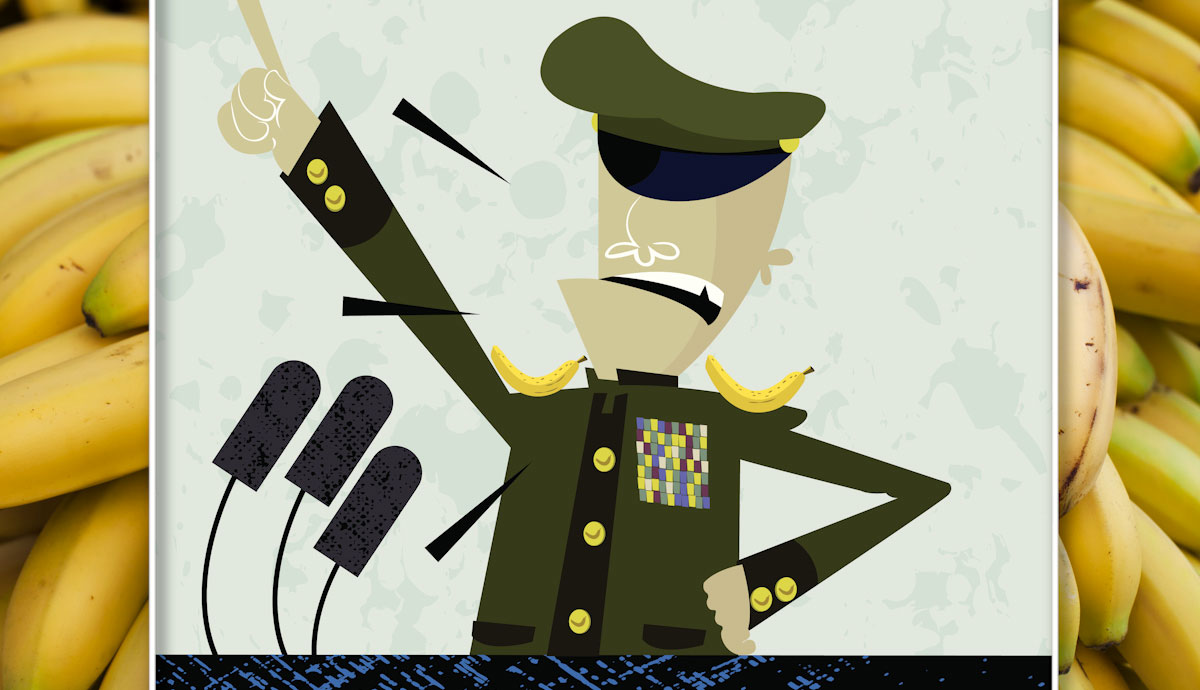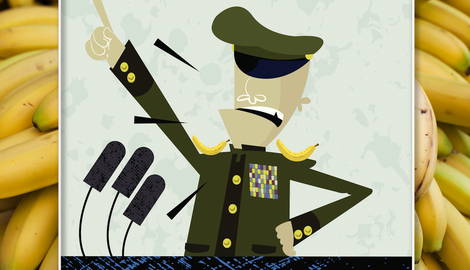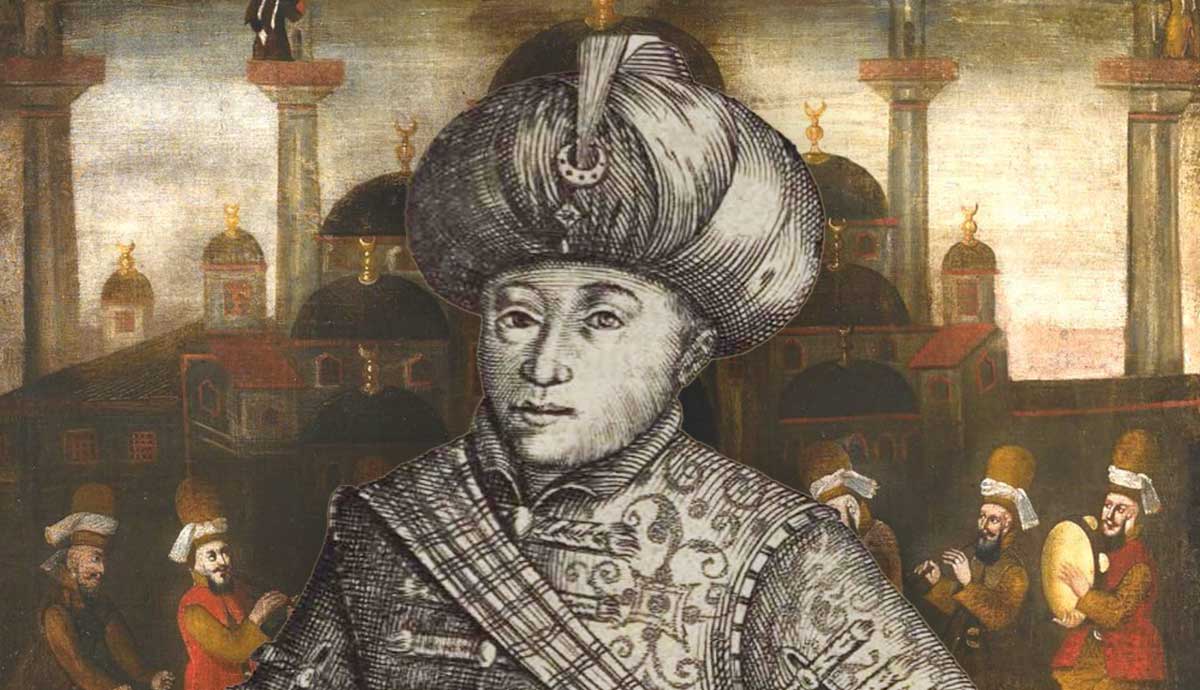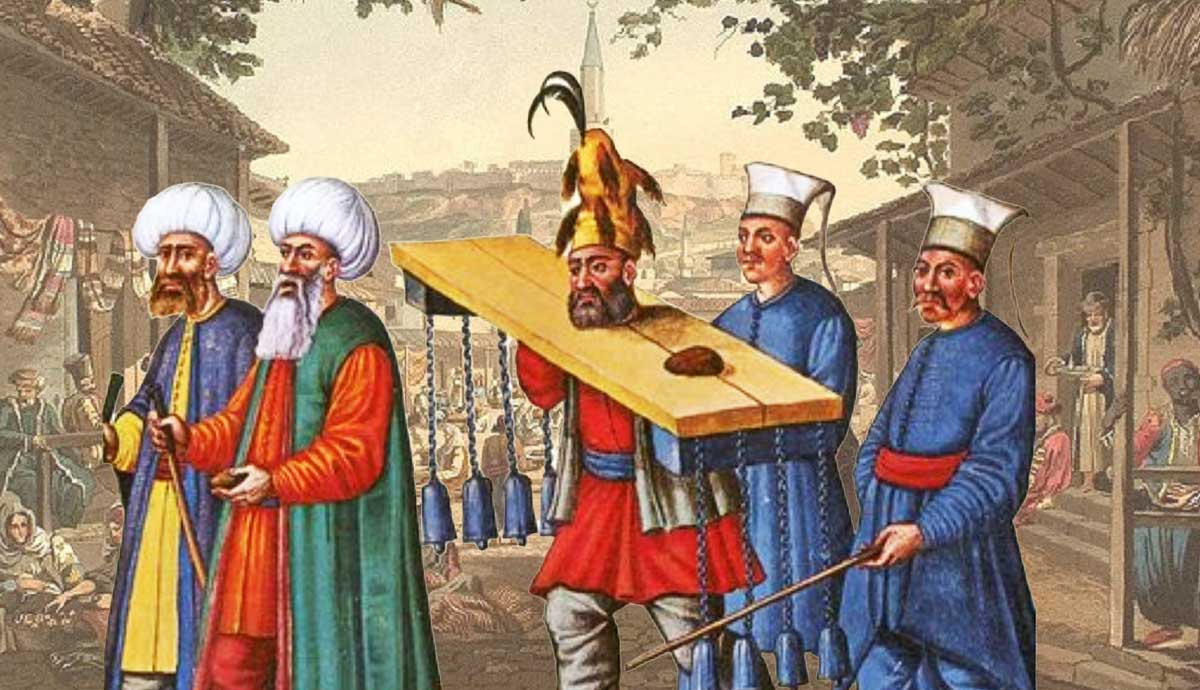
The label “banana republic” describes a country whose economy focuses on the export of a single product. Colonial forces assigned this outdated term, which evoked stereotypes of an exploitable, defenseless land with a population they saw as inferior. The plantation system used by foreign corporations has a long history in the Americas. Local populations responded to injustice with resistance. Although the monopolies departed in the 1960s, the impacts of this system continue today.
Where Did the Term “Banana Republic” Come from?

A colonialist system used the name “Banana Republic” to refer to the Central American and Caribbean countries it exploited. Thus, it is considered offensive by today’s standards. It was first used by American author O. Henry in 1901 to describe the fantasy nation of Anchuria, much of which he based on his time living in Honduras. Henry published the short story in his 1904 book, Cabbages and Kings.
Anchuria was a tropical country whose economy focused on banana exportation. There was a constant presence of American corporations, with occasional military interventions. The plot focuses on a coup that ousts the sitting president, who escapes and lives on the run. American citizens living abroad in Anchuria are frequent characters in the story who use their wealth and influence to buy corrupt politicians. American media perpetuated stereotypes introduced in this story for years to come.
Colonialist History in Latin America

These colonial systems were a continuation of centuries of overseas imperialism. After first contact in 1492, the Spanish conquered vast New World territories, followed by the Portuguese, British, French, Dutch, and other European nations. Early colonies sent raw resources such as precious metals and sugar to the controlling country and were controlled by similar systems of oppression.
Revenue and materials from Spanish and Portuguese colonies allowed their European royalty to maintain dominance of Europe. Private enterprise surpassed the wealth of the crown, enriching entrepreneurs participating in early global capitalism. Spanish authorities in the New World abused their lack of supervision to pursue personal gain. Charles II made positions available for purchase, and rampant corruption ensued.

Magisterial hopefuls often sought office to enrich themselves, and posts were seen as more or less valuable depending on the people they governed. Spaniards classified and reduced native groups according to what value they could produce for officials. They levied taxes and tribute payments on the indigenous population. These fees were exorbitant enough to keep them in debt. If one failed to pay or to produce their goods on time, they were flogged. Authorities also subjected indigenous people to forced labor, particularly in mines. The royal government accepted this system of corruption and exploitation as it developed the colonies and filled their coffers.
Independence movements called for a separation between the colonies and colonizing states over time, to varying degrees of success. Latin American countries gradually attained liberation in the early 1800s. As with any new nation, they experienced challenges in forming a stable government and economy. Britain seized the opportunity to exercise a new form of imperialism. British banks provided large loans to fledgling countries, which soon fell into debt. To pay their dues, they often structured their economy around producing and exporting a single profitable commodity. Industrial nations imported manufactured goods at low cost, but this competition hindered the young nation’s capacity to develop domestic industry.
It Wasn’t All About Bananas

Countries with the banana republic label did not always produce bananas. Products extracted in this system included minerals, coffee, sugar, grains, and beef. While bananas are the most well-known, most affected countries rely on these other goods. Sugar was cultivated on every island in the Caribbean, and coffee was a focus in Central America.
Different locales produced different items, and plantation labor may dominate one area and not another. “Coffee townships” were present throughout Central America as distinct municipal zones centered on the intensive cultivation of coffee. These regions gained political power through their position as strong revenue generators. National governments often became beholden to the large landowners, either private citizens or corporations. They used intimidation and violence to enforce control and preserve the status quo in these areas, even as the economy diversified and industrialized.
Then Why the Focus on Bananas?

The story of the banana may be the most famous of the products generated in this structure. In 1870, Lorenzo Dow Baker bought 160 bunches of bananas in Jamaica and sold them for a profit in Jersey City. Before, the fruit was a rare and expensive treat in North America. This batch ignited public interest, and soon after, innovations in transportation made ferrying delicate bananas a much more feasible and profitable venture.
Baker founded the Boston Fruit Company with the support of Bostonian businessmen in 1885. Boston Fruit merged with others in the trade in 1899 to become the United Fruit Company. The capital and resources gained in the merger allowed the new corporation to consolidate holdings from across the region. United Fruit owned plantations to produce crops and the infrastructure needed to transport them. It exercised great control over the fruit importation industry, almost as a monopoly.
United Fruit expanded beyond single products by offering cruises on the company’s steamers, establishing radio and telegraph stations, and building railroads. The Guatemalan government even contracted the corporation to manage their postal service in 1901. By 1930, United Fruit was worth over 200 million dollars and owned 3.5 million acres.
How Companies Gained Their Power

Conglomerates like United Fruit constructed and owned infrastructure to facilitate their trade. Ownership of most of the country’s communication, agricultural land, and transportation increased profits and dependence on the foreign company. Multinational corporations built roads and residential dwellings around each labor camp. Schools, hospitals, and water and sewage facilities were among other services offered by the company. This development also damaged the opportunities of domestic companies that could not compete with these services.
These communities developed remote regions while also contributing to the environmental degradation of their surroundings. Their material abundance, isolation, and relatively high yet still exploitative wages compelled workers to remain. Sometimes, employers barred laborers from leaving the confines of the camps where they worked or paid wages in currency only valid at company stores.
Imperialist companies rarely reinvested their profits back into the countries. This was only done if it proved beneficial to the corporation. While they relegated local workers to menial and dangerous tasks, they reserved management positions for white employees. Segregated communities separated the managers from the manual laborers, who were viewed as inferior.
The United States intervened in the affairs of these nations, supporting presidents friendly to US interests. Marines conducted invasions and occupations to protect American financial interests. Frequent revolutions and political chaos deeply impacted the affected citizens and their faith in government institutions.
How Workers Fought Back Against the Companies

Workers met oppression with resistance. A national strike by Costa Rican banana workers in 1934 spread to thirty-one unions. The parties settled within one month, but United Fruit failed to hold up their end of the bargain. Working with the Costa Rican government, United Fruit accused the leaders of being communists and had them arrested. One labor action against United Fruit in Honduras in 1954 culminated with roughly sixty percent of the workforce striking across all industries. After months of demands, strikers won pay increases and formed unions.

Sometimes, these strikes ended in bloodshed. United Fruit claimed a strike on their Colombian plantations in 1928 was a communist movement. The US demanded that Colombia put down the strike themselves or risk invasion. Colombian soldiers killed hundreds of workers in the crackdown. Support for labor movements grew in the 1930s as national governments wished to regain control of their country’s finances.
Decline of the Banana Republic System

The US government settled an antitrust case against United Fruit in 1958, whereby the conglomerate was forced to sell operations and property to its competitors. Rising labor movements frightened American stockholders, and in the 1960s, companies sold most of their properties. Banana planting draws a significant burden on the nutrients within the soil. After the companies wore out most of the agricultural land, they abandoned the operations. Chiquita, Dole, and other businesses continue to operate in the region with a capacity much less than United Fruit did a century ago.
Impacts of the Banana Republic Period

Legacies of these systems continue to negatively impact the victimized countries and their citizens. Guatemala is the largest exporter of bananas to the US, a trade valued at 1.1 billion dollars a year. The nation’s workers see little of that share. Sixty-five percent of agricultural land is owned by two percent of farming companies. Guatemala’s agricultural minimum wage is $416 per month, while the rural living wage is $440 per month. In many cases, employers do not comply with the mandated minimum wage, and employees work overtime with no compensation. Roughly three-quarters of small farmers live below the poverty line. Unions provide protection, but between 2004 and 2018, over one hundred union leaders were killed.
Existing ethnic hierarchies heightened as wealth inequality increased. The majority of Latino landholders relied on a majority Indigenous labor force. Outpourings of racial violence occurred throughout this period. In the 1970s and 1980s, this tension climaxed into genocide. Political instability persisted in power vacuums left by the decline of colonial-friendly governments. Even after the “banana republic” period, Guatemala and other countries still suffer human rights abuses stemming from their history of exploitation.
Central American countries made significant strides since 2000. They have raised literacy rates and improved public health. Economically, businesses in various industries facilitate trade and create employment opportunities. Free and secure elections largely ensure peaceful transitions of power. These nations continually develop and advance despite the relics of imperialism.










